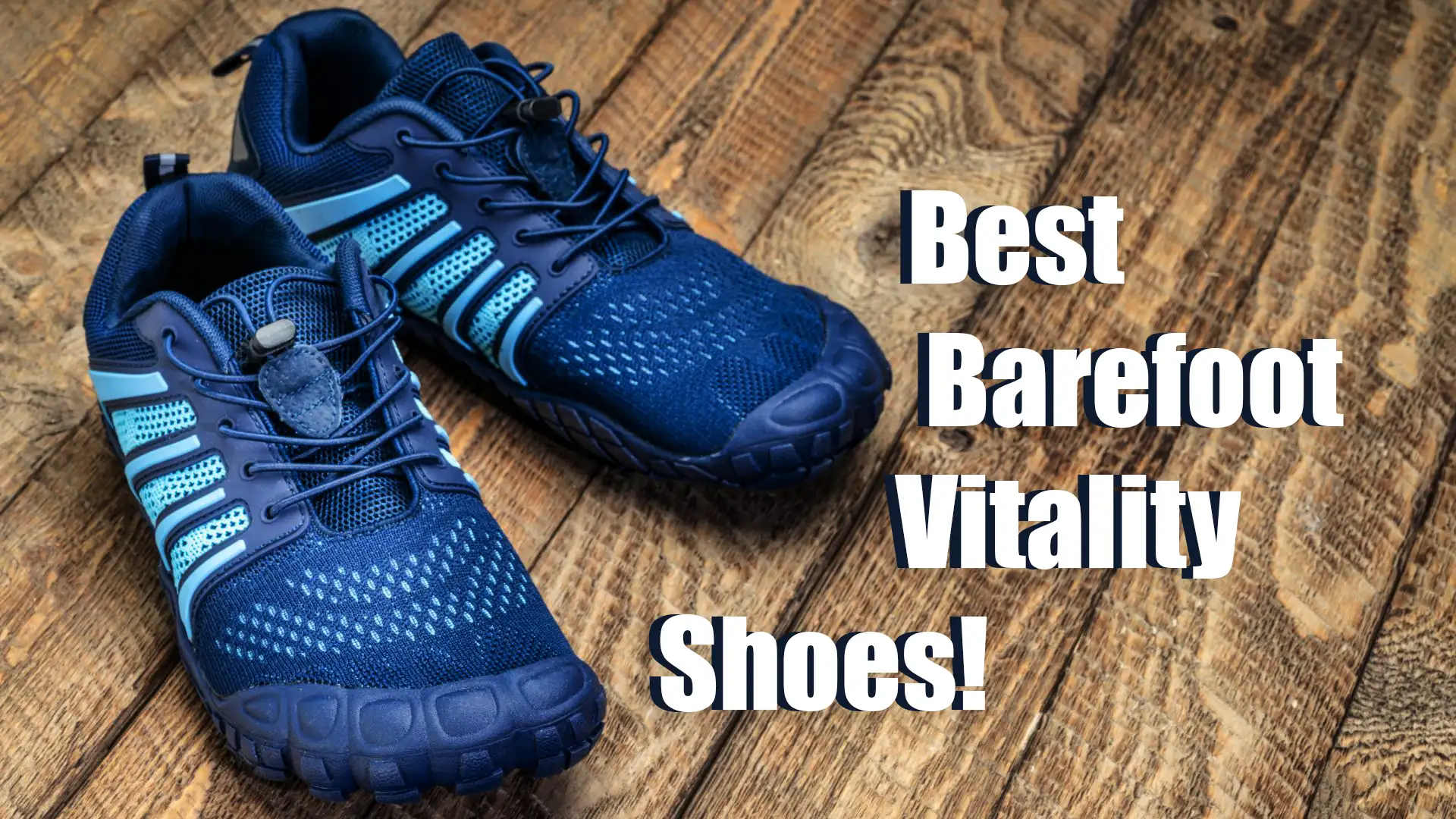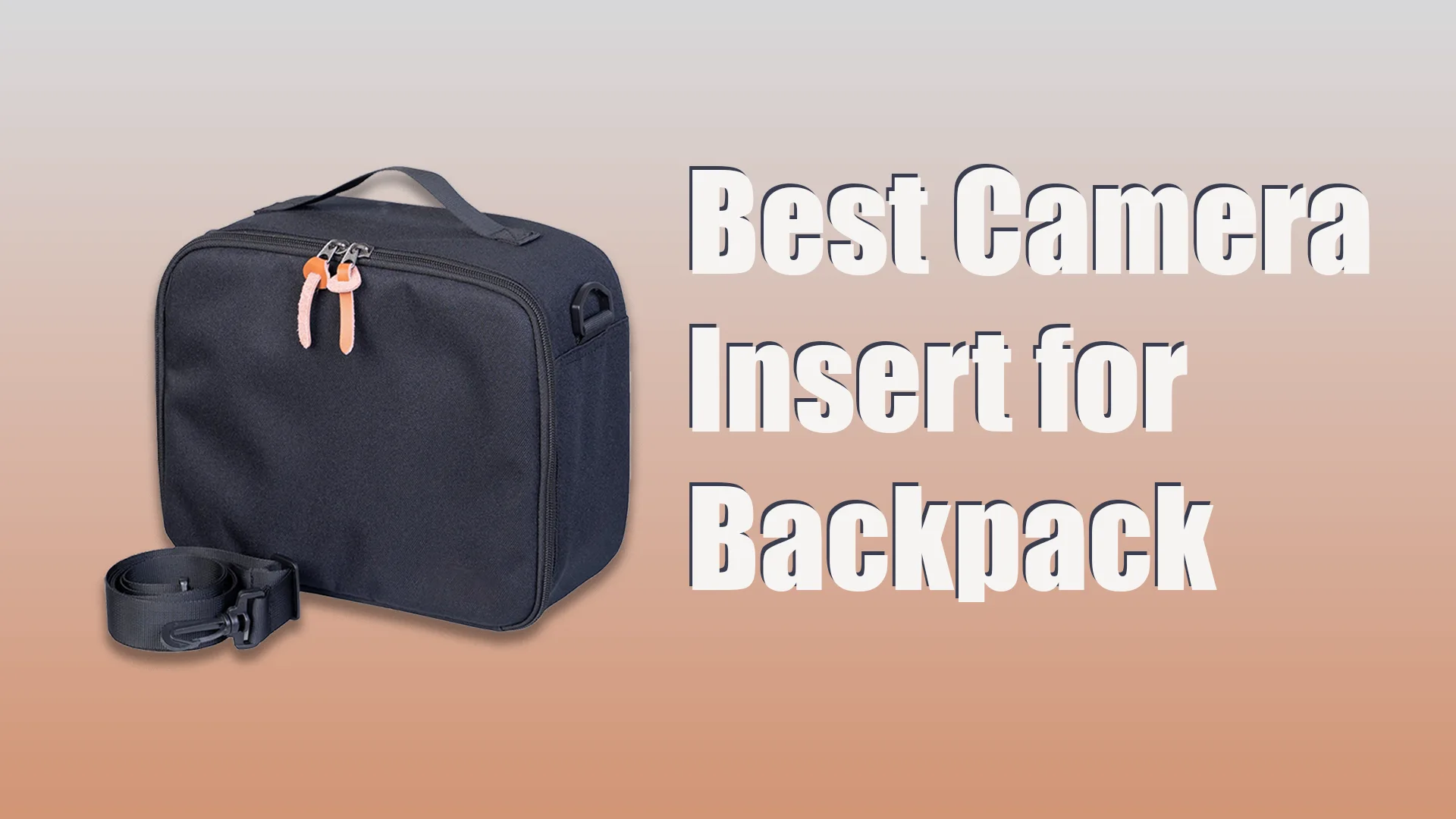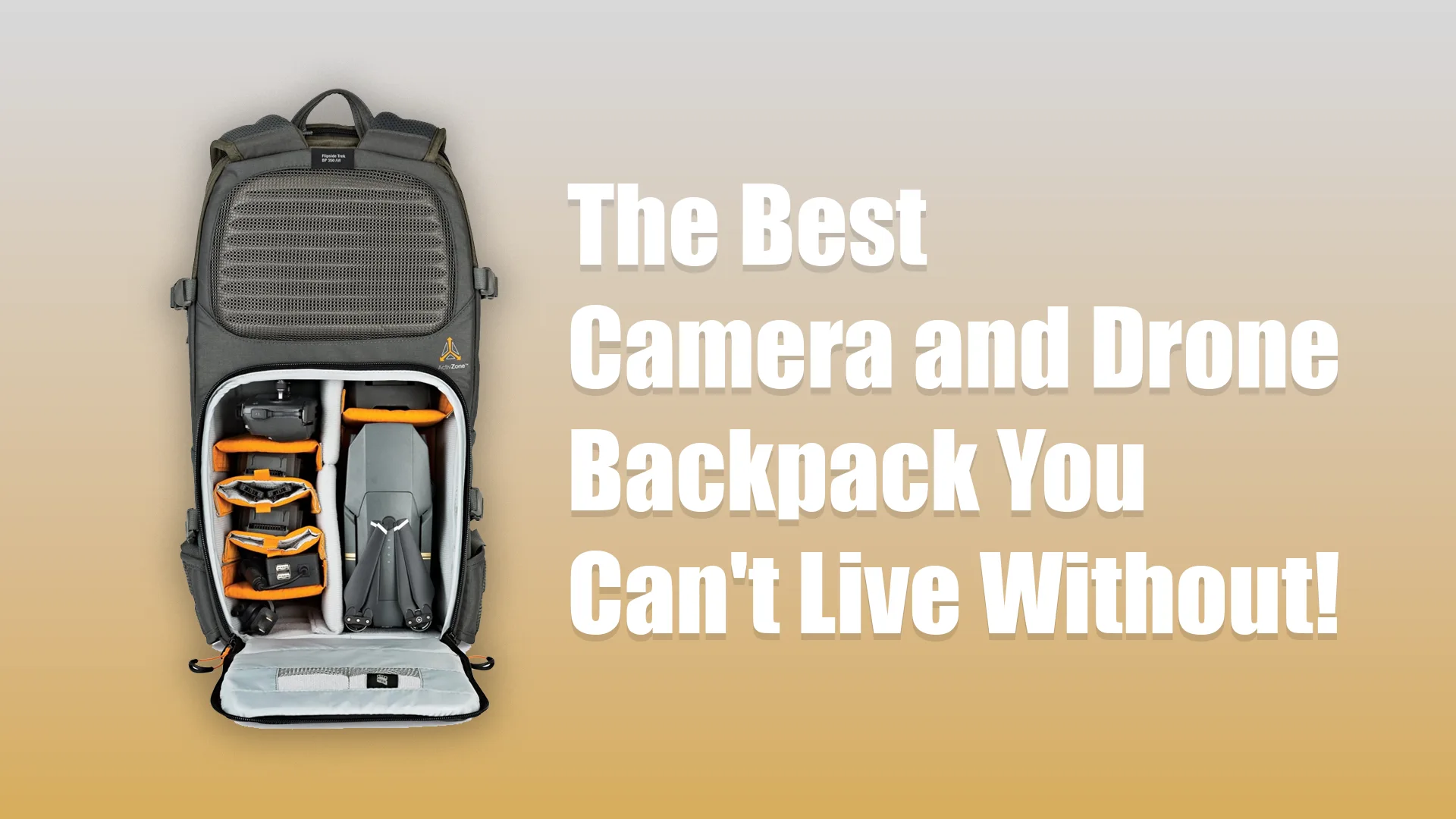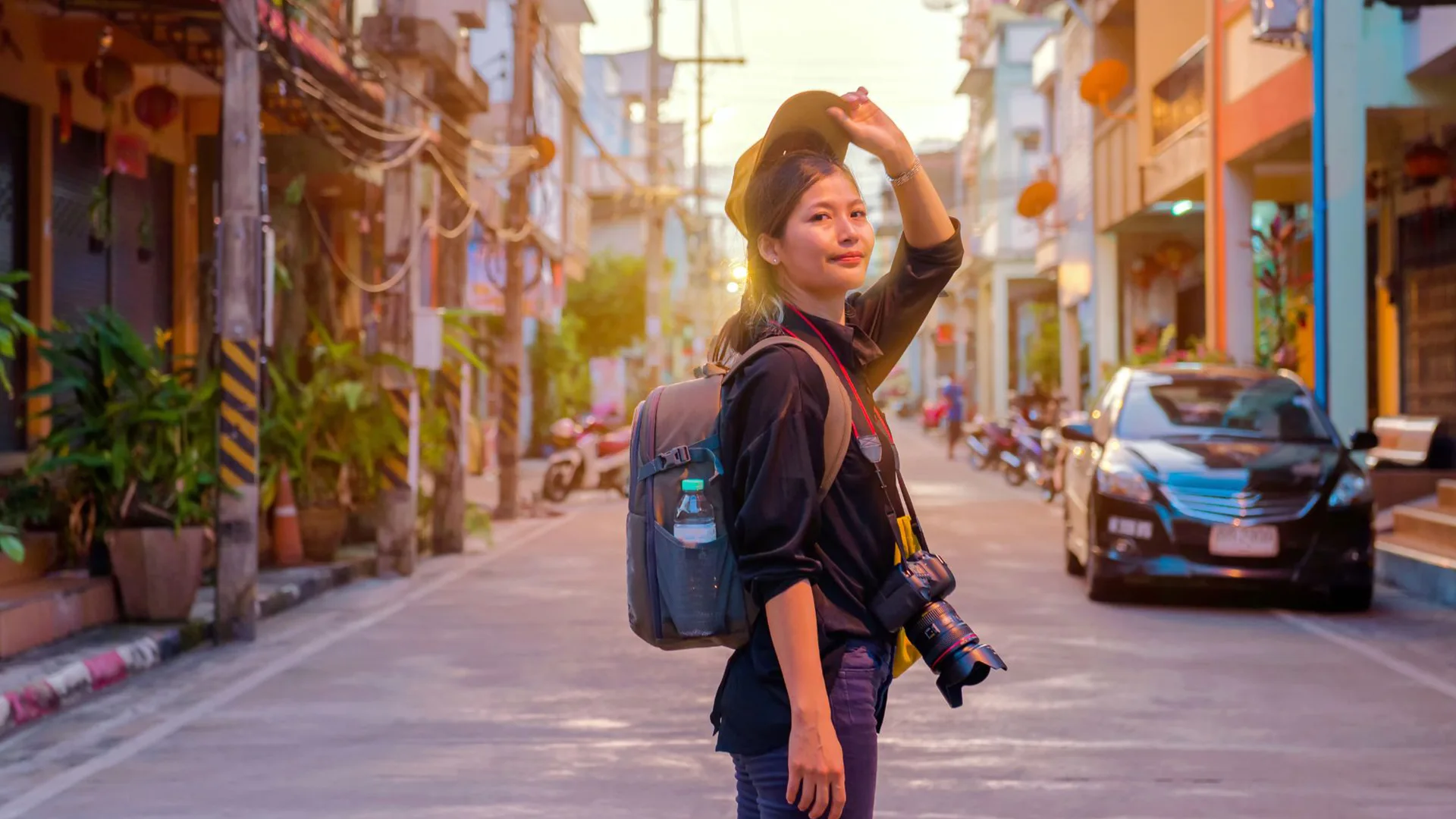Despite the seeming simplicity, Barefoot Vitality Shoes are already enjoying a rising popularity among health-conscious outdoor enthusiasts. This type of shoe allows you to walk or run barefoot or provides enhanced freedom your feet do not have while wearing regular shoes. In this article, let me explain what barefoot vitality shoes are, why people are going for them, the features, health benefits, and the Barefoot Vitalize Shoes brands of 2024.
What Are Barefoot Vitality Shoes?
Barefoot Vitality Shoes are minimalist shoes designed for the sensation of being shoeless. They’re relatively narrow at the heel and have flexible outsoles with a big toe box that provides ample room for your toes to splay. The intention of these shoes is to supplement your naked gait and they provide many overarching health benefits.
Why Are Barefoot Shoes Gaining Popularity?
Barefoot shoes are also becoming more popular because people are persuaded into walking technology. Scientific data indicate that overly-luxury and supportive shoes affect the posture and cause foot, knee, or back pain. Each of these problems is alleviated when wearing barefoot vitality shoes since they allow the muscles of the feet to move as they should.
Key Features of Barefoot Vitality Shoes
- Minimalistic Design
These shoes have a simple design with little padding. This helps you feel the ground beneath you, which encourages natural movement and better body alignment. - Zero Drop Sole
They defined a particular type of shoe sole to be a zero-drop one if the rear part of the shoe, which is the heel part, and the front part of the shoe were the same level. This has the effect of making one stand better, less stress is placed on one’s knee and back and your body will be better positioned. - Wide Toe Box
Barefoot vitality shoes have wide toe box in order to permit your toes to spread out. This design aids in balance and stability and prevents these foot problems from arising in the long run. - Flexible and Lightweight Materials
These shoes are designed of soft material in order to mirror the feet structure through flexibility. This flexibility minimizes the restriction of feet and encourages proper growth of feet. - Thin Sole for Ground Sensation
The thin sole in barefoot vitality shoes lets you feel the ground, which improves your balance and body awareness. It gives you more sensory feedback, helping you stay stable.
The Science Behind Barefoot Vitality Shoes
Skins are the natural extension of studying human motion. It allows your feet to have a better range of motion thus building up the muscles in your feet, ankle as well as legs. This helps to reduce pressures within your joints and generally make your movements much healthier.
Health Benefits of Wearing Barefoot Vitality Shoes
- Stronger Feet and Better Flexibility
Because barefoot shoes promote foot and leg muscle activity, it can minimize these foot problems such as arch pain or plantar fasciitis. - Better Balance and Stability
The wide toe box and thin sole improve balance, especially on uneven surfaces. This makes barefoot vitality shoes perfect for activities like hiking or walking. - Improved Posture and Alignment
The zero-drop sole helps align your spine and lower body. This reduces stress on your joints, easing back pain and preventing knee problems. - Better Sensory Feedback
The sole of this shoe is very thin; that is why it is easier to have a good posture and feel stable when walking. It makes you nimble and better placed not to stumble. - Pain Relief
Barefoot shoes could be of help if other normal shoes cause you to have sore feet. They permit the feet to breathe and provide no pressure on specific areas for people with conditions such as bunions or hammertoes.
How Barefoot Shoes Affect Your Gait
Before deciding if you need to switch to barefoot shoes, bear in mind that barefoot shoes can change your walk or run style (your gait). Modern shoes, especially those with raised heels, conspire to make the foot strike the ground on the heel first. This puts pressure on your knees and lower back, which is not required at all. Sneakers are footwear with an elevated sole that has some amount of padding and protection and cushioning. Barefoot shoes have a flat soled shoe with very little cushioning and no protection. This leads to a more natural foot strike, which is the midfoot or forefoot strike that results in much more commoner and less forceful foot ground impact. By regularly walking in barefoot shoes a person will be able to attain correct posture and thus decrease joint pains and prevention of injury incidences.
Common Myths About Barefoot Shoes
There are a few misconceptions about barefoot shoes:
- They lack support: Barefoot shoes support your feet by strengthening muscles, not by using extra cushioning.
- They are not durable: Many barefoot shoes are made from strong, long-lasting materials.
- They are only for athletes: These shoes are great for everyday wear, not just for sports.
How to Transition to Barefoot Vitality Shoes
Switching to barefoot shoes takes time. Here are some tips to help you adjust:
- Start Gradually
Wear your barefoot shoes for short periods each day and increase the time as your feet get used to them. - Do Foot Exercises
Exercises like toe curls and arch lifts can help strengthen your feet and prepare them for barefoot shoes. - Listen to Your Body
If you feel discomfort, take a break and slow down your transition. Your feet may need more time to adjust. - Choose Soft Terrain
Start by wearing your shoes on soft surfaces like grass or sand, and gradually try harder surfaces as your feet get stronger. - Get Professional Advice
If you have foot issues, consult a healthcare professional before switching to barefoot shoes for personalized advice.
Different Styles of Barefoot Vitality Shoes
Barefoot vitality shoes are available in different types, therefore it is easy to get a pair for any event or function. For runners there are light, flexible shoes with thin soles that at the same time can provide enough shock absorption. These shoes assist you to enhance your gait while giving you a real feeling of running. For athletic wear there are Those shoes that nearly resemble regular sneakers or slip ons, but in actual sense, they are barefoot shoes. They’re similar to running shoes in that they give your feet comfort and support but are designed for wear as casual shoes. If you enjoy walking and trails you can get hiking shoes that offer ground traction for your feet without a covering in rocky terrains or any other terrains that are irregular. Surprisingly, some of the barefoot shoes are specifically for work or business environments allowing you to take advantage of the barefoot shoe benefits while dressed formally.
Materials Used in Barefoot Vitality Shoes
Sneakers are made out of very light and soft materials that let your feet operate freely. Popular brands of barefoot shoes have very thin soles made of rubber or foam that will give the required protection, and at the same time allow your foot to move freely in its natural manner. He also tends to use mesh or soft leather for the construction of the uppers, elements meant to enhance ventilation and that’s why they don’t make your feet overheat. Also, environmental concerns are also met in that many brands incorporated materials such as hemp or recycled plastic to the shoe material. The goal is to make shoes that are comfortable and would not exactly harm the environment in any way possible. These materials are selected to provide maximum ground feel, comfort and sturdiness all in the Basic design of barefoot shoes.
How Barefoot Shoes Promote Natural Movement
One of the main reasons why people wear barefoot shoes is that such shoes help your feet to work in the way they were designed to. Unlike the regular footwear that come with thick soles and a rigid holding structure that offers little flexibility, shoes for barefoot impact enable feet to make all the flexing and bending required. This in turn stimulates the muscular system in your feet and legs to work as they are designed because your feet and legs are catching and moving your body weight across the floor naturally. Barefoot operation as it would be without shoes results in better mechanics of the feet and therefore better postural alignment, stability and control. Training barefoot can be good for you and gradually adapting to the barefoot shoes will allow you to change your gait in a positive way and avoid such problems as joint pain. In other words, barefoot shoes allow you to return to the natural state of movement for your feet.
Barefoot Vitality Shoes vs. Traditional Footwear
| Feature | Barefoot Vitality Shoes | Traditional Shoes |
| Sole Thickness | Thin | Thick, cushioned |
| Toe Box | Wide | Narrow |
| Heel-to-Toe Drop | Zero | Elevated |
| Flexibility | High | Low |
| Sensory Feedback | Enhanced | Reduced |
Tips for Choosing the Right Pair of Barefoot Vitality Shoes
Get the most out of barefoot vitality shoes by choosing a pair wisely. First, go for comfortable shoes that have enough room at the toe box. Your toes should be able to spread out in their natural position without feeling cramped. The sole should be flexible enough that, when you bend the sole with your hands, you find it easy-that is how your foot is able to move naturally. Look for shoes that have a zero-drop sole, meaning the heel and toe are at the same level to help align your body and promote good posture. You will also want to consider the material of the shoes. Breathable, lightweight materials make great all-day wear. If you will be doing specific activities with the shoes, such as running or hiking, make sure that they are designed for such activities to provide the right durability and grip needed. Lastly, allow gradual changeover: if you are new to barefoot shoes, wear them for short periods at the initial stages so that your feet can adjust.
Top Brands of Barefoot Vitality Shoes for 2024
Here are some of the best barefoot shoe brands for 2024:
- Vivobarefoot
Features: Eco-friendly materials, thin sole, wide toe box
Pros: Lightweight, versatile
Cons: More expensive
Website - Xero Shoes
Features: Zero-drop, durable, great for many activities
Pros: Affordable, good ground feel
Cons: Few cold-weather options
Website - Merrell Barefoot
Features: Breathable mesh, Vibram sole for grip
Pros: Good traction for outdoor activities
Cons: Narrow fit for some
Website - Wildling Shoes
Features: Natural materials, flexible sole
Pros: Sustainable, good for kids and adults
Cons: Limited availability in stores
Website - Lems Shoes
Features: Lightweight, wide toe box
Pros: Comfortable, casual styles
Cons: Sole may wear down quickly
Website - Softstar Shoes
Features: Handmade, natural materials
Pros: Customizable designs
Cons: Limited athletic options
Website - Altra Running
Features: Wide toe box, zero-drop
Pros: Great for runners, supportive
Cons: Heavier than some brands
Website - Freet
Features: Water-resistant, flexible outsole
Pros: Affordable
Cons: Limited styles
Website - Be Lenka
Features: Premium materials, stylish designs
Pros: Fashionable, comfortable
Cons: Expensive
Website - Topo Athletic
Features: Anatomical toe box, minimal heel lift
Pros: Hybrid design of barefoot and cushioned shoes
Cons: Less ground feel
Website
Conclusion
Barefoot vitality shoes allow for a natural way of moving. This is a way through which healthy feet and the alignment of the body can be developed. One can easily start using them and enjoy most of the benefits accrued from them by selecting the right pair and transitioning into them slowly and surely. For everyone, there are Barefoot shoes with certain brands such as Vivobarefoot, Xero, and Lems. Giving your feet all the freedom they deserve-that is one thing barefoot vitality shoes will do for you!
Frequently Asked Questions (FAQs)
Q: Can anyone wear barefoot vitality shoes?
A: Yes, but it’s important to transition slowly, especially if you’re new to minimalist footwear.
Q: Are barefoot vitality shoes good for running?
A: Yes, but you may need to adjust your running form to avoid injury.
Q: Can barefoot shoes be used for hiking?
A: Yes, many barefoot shoes are designed for hiking with added grip and durability.




